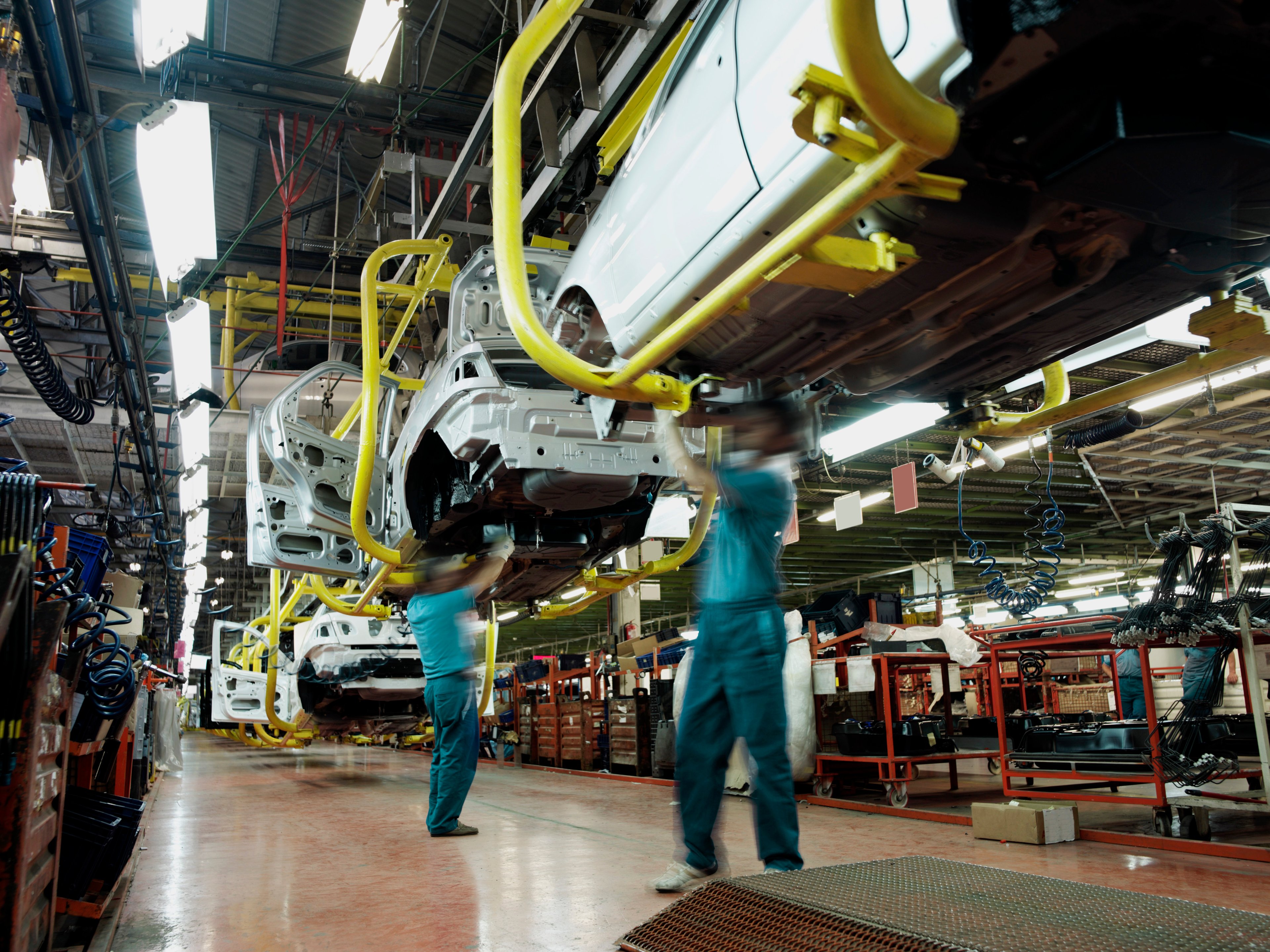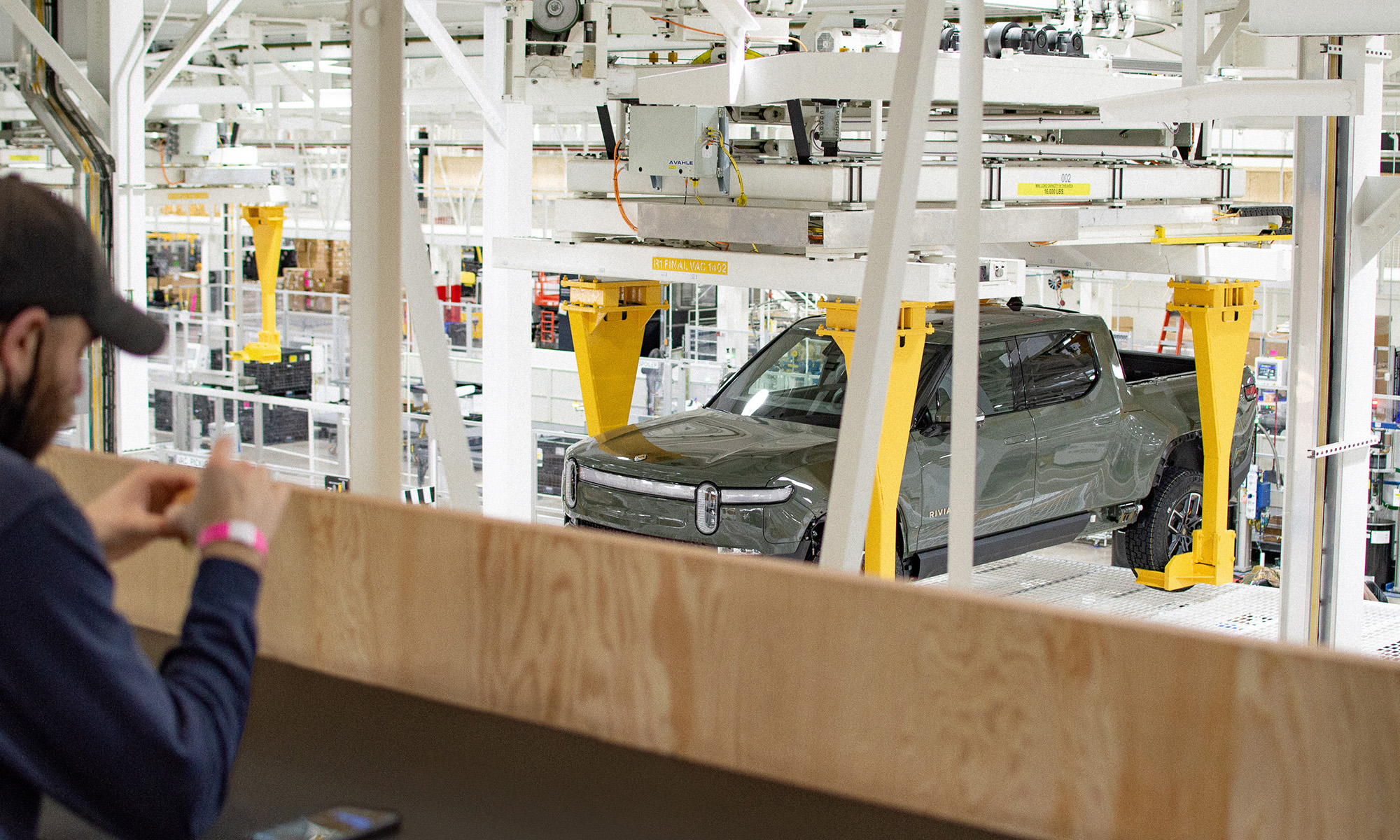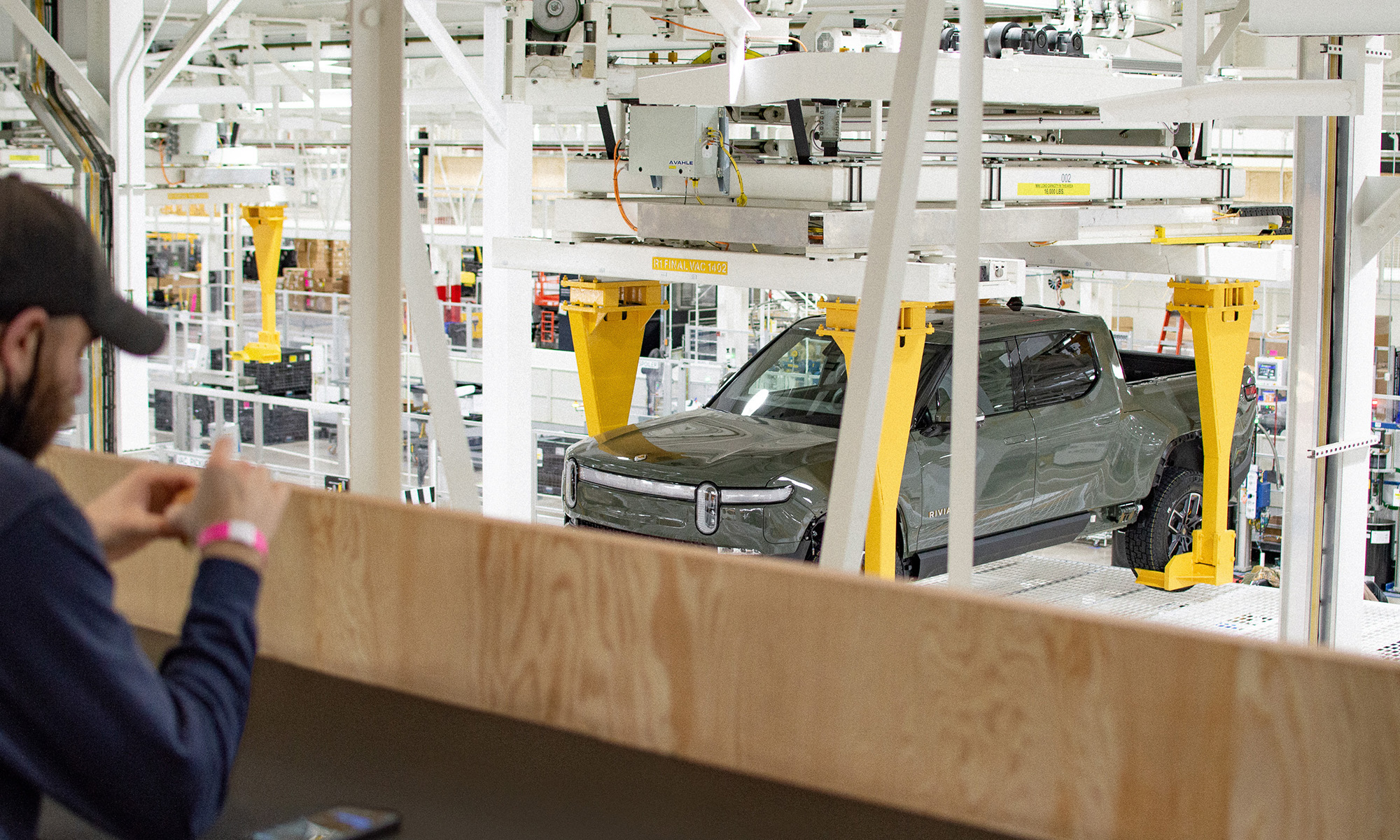Shares of Rivian Automotive (RIVN 0.61%) plunged 9.7% shortly after 10 a.m. ET today, sinking to their lowest price so far this year. At least one analyst turned cautious about the electric vehicle (EV) maker's prospects after its weak outlook for 2025.
The number that spooked Rivian investors
Analysts from Bank of America downgraded Rivian stock's rating to underperform and cut its price target from $13 per share to $10 a share. The EV stock was hovering around the day's low of $11.71 per share, as of this writing.

NASDAQ: RIVN
Key Data Points
Although analysts at Bank of America believe that Rivian is still "one of the most viable" EV start-ups, they're worried about risks "piling up." To begin, Rivian's outlook for 2025 fell short of expectations. Meanwhile, Rivian's partnership with Volkswagen Group has made it difficult to forecast earnings for some years even as the global EV market is slowing down and competition is rising.
For context, Rivian released its fourth-quarter and 2024 numbers last week. Although the EV maker produced and delivered 49,476 and 51,579 units, respectively, last year, it expects to deliver only 46,000 to 51,000 EVs in 2025.
As for Volkswagen, Rivian extended its long-standing partnership with the auto giant in Q4 when it formed a $5.8 billion joint venture to focus on Rivian's new products, the R2 and R3. Its midsize SUV R2 is expected to launch in the first half of 2026, while R3 will be Rivian's smallest SUV so far.
Don't panic-sell Rivian stock, but keep these risks in mind
The analyst community has mixed views on Rivian since last week's earnings release, with some even raising the stock's price target. Analysts at Needham, for instance, raised Rivian stock's price target to $17 per share from $14 a share. Cantor Fitzgerald analyst Andres Sheppard downgraded the EV stock's rating after earnings but upped its price objective to $15 per share.
Rivian's first gross profit, upcoming product, and long-term prospects have caught analysts' attention. Rivian reported its first-ever quarterly gross profit of $170 million in Q4, driven by lower supply chain and commodity costs, and better production efficiencies after the launch of its second-generation R1 vehicles. Rivian foresees a "modest" gross profit for 2025.
However, lower deliveries indicate weak demand, and Rivian's next product launch is still a year away. With President Donald Trump also freezing the previous government's clean energy funding program, which included EVs, Rivian's $6.6 billion loan agreement from the Department of Energy could also be at risk.





